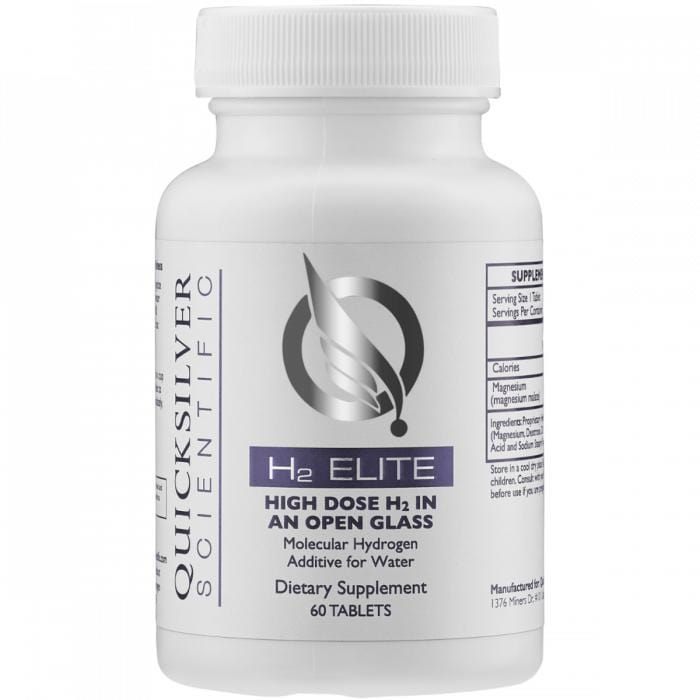
Article by Michelle Perro, MD, Stephanie Seneff, PhD, and Zen Honeycutt BFA
前書き
Consumer groups, GMOScience, Moms Across America, and supporters have commissioned the testing of Girl Scout cookies for toxic metals and glyphosate/AMPA (an herbicide and its byproduct), to promote awareness and positive change for health. The results were extremely concerning.
- 100% of the samples were positive for glyphosate
- 100% were positive for toxic metals
- 22 out of 25 (88%) of samples were positive for all 5 toxic metals
- 76% were positive for levels of cadmium that exceed EPA limits in water
- 24 out of 25 (96%) of samples were positive for lead
(The consumer groups involved reached out to the GSUSA for a meeting before releasing these results and did not receive a response.)
 One hundred percent of the 13 types of 25 cookies tested from 3 states, California, Iowa, and Louisiana, were positive for very elevated levels of glyphosate/AMPA, responsible for multiple health issues including cancer, endocrine disruption, gut issues, miscarriages, sperm damage, autism, neurotoxicity, and reproductive damage.
One hundred percent of the 13 types of 25 cookies tested from 3 states, California, Iowa, and Louisiana, were positive for very elevated levels of glyphosate/AMPA, responsible for multiple health issues including cancer, endocrine disruption, gut issues, miscarriages, sperm damage, autism, neurotoxicity, and reproductive damage.
Glyphosate is commonly used as a drying agent (also known as a desiccant) before harvesting on wheat, oats, barley, legumes, sugar cane, and other crops, and as a weed killer on GMO crops such as corn, soy, canola, and beet sugar, which are common ingredients in the cookies. From 13.57 ppb in Peanut Butter Patties® to 111.07 in Thin Mints®, the average amount is 33.43, 334 times higher than what Dr. Don Huber, Professor Emeritus of Perdue, states is harmful and must be avoided.
概要
One hundred percent of the cookies contained at least 4 out of 5 heavy and toxic metals, aluminum, arsenic, cadmium, lead, and mercury. The Peanut Butter Patties® were the most contaminated, ranging from the lowest level of mercury at .07 ppb of mercury to the highest levels of lead at 42.5 ppb and aluminum, at 27.5 ppm (27,500 ppb). The source of the high levels of aluminum is unclear. However, non-organic peanut crops are one of the most highly sprayed crops with some of the most toxic chemicals. Of the samples tested, 22 out of 25 (88%) were positive for all 5 toxic metals. Thin mints had the highest levels of glyphosate, and the peanut butter patties had the highest levels of toxic metals.
Seventy-six percent of the cookies tested positive for levels of cadmium that exceeded EPA limits in water, and 96% of the cookies contained lead. There is no safe level of lead. Cadmium and lead have been linked to cancer and brain disorders.
Girl Scout Cookie Sales and the Girl Scouts USA Organization
 The sale of cookies containing potentially toxic ingredients raises profound ethical and public health concerns. It is imperative for the Girl Scouts organization to confront this issue by addressing critical questions regarding their capacity and willingness to reformulate these products to ensure consumer safety. Moreover, a thoughtful examination is required to determine whether acknowledging and responding to the need for such changes aligns with the organization’s core values and its commitment to promoting the health and well-being of the girls and communities it seeks to empower. Such action would not only safeguard public trust, but also reinforce the organization’s dedication to its foundational mission.
The sale of cookies containing potentially toxic ingredients raises profound ethical and public health concerns. It is imperative for the Girl Scouts organization to confront this issue by addressing critical questions regarding their capacity and willingness to reformulate these products to ensure consumer safety. Moreover, a thoughtful examination is required to determine whether acknowledging and responding to the need for such changes aligns with the organization’s core values and its commitment to promoting the health and well-being of the girls and communities it seeks to empower. Such action would not only safeguard public trust, but also reinforce the organization’s dedication to its foundational mission.
With more than 1.7 million girl members and approximately 700,000 volunteers, the Girl Scouts works to build “courage, confidence, and character” in young girls.1 Therefore, one could also assert that changing the ingredients would indeed be in alignment with their stated values. An analysis of their finances reveals that they have the financial means to attain these goals.
In 2020, the Girl Scouts reported total revenue of $112 million, a slight decline from $122 million in 2019. This revenue was primarily derived from three key sources: Membership dues, which accounted for $50 million; investment income, royalties, and gains totaling $28 million; and the sale of inventory, contributing $17 million. Notably, according to a Fox News article, the sale of Girl Scout cookies represents an $800 million annual enterprise, with scouts collectively selling over 200 million boxes each year.
Read the entire article at GMOScience.org.






11反応を表示しています
でサインイン
Then I asked how much of the sales price comes back to the troop. They thought it was about $1.10 per package. So I gave them $2 for the troop’s bank account, and went on my way with fond memories lingering of campfires and back packing.
For the Skeptics & Eeyores I suggest you read the full article (accessable via link in article), if interested.
To your health!